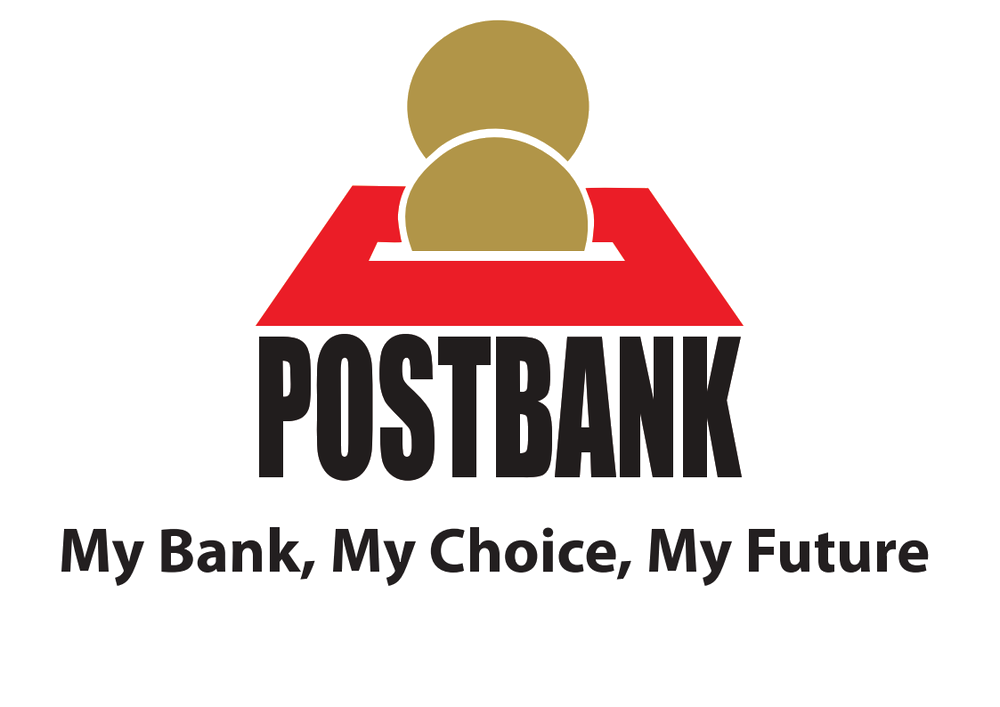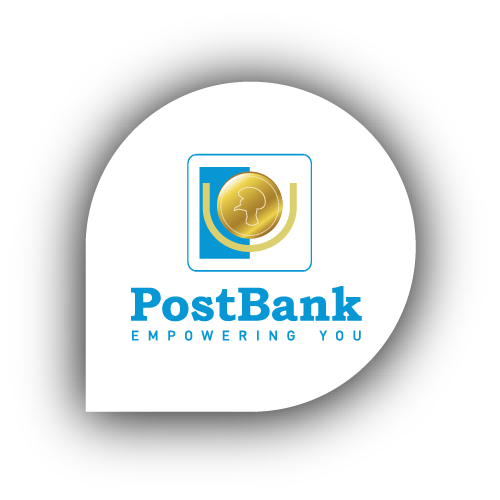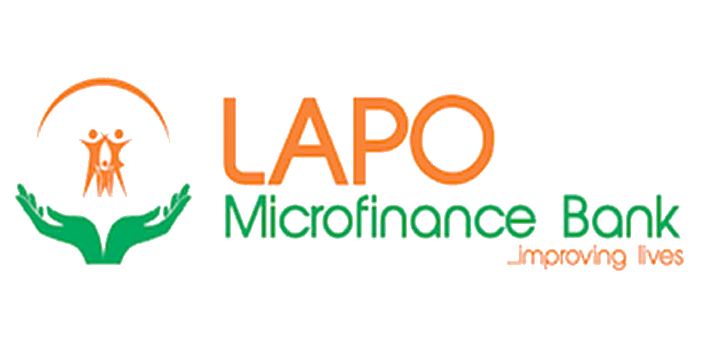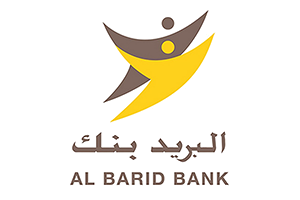Scale2Save Campaign
Micro savings, maximum impact.
Explores innovative business models and partnerships for financial service providers to effectively access the mass market of low-income customers. Part of Scale2Save's annual State of Savings and Retail Banking in Africa research series.
BRUSSELS, 20 May 2021 – ‘A case study on innovative business models: partnerships as a key to unlocking the mass market’, launched today in partnership with FinMark Trust, is the third of the Scale2Save series on the State of Savings and Retail Banking in Africa.
This study contributes to answering some of the Scale2Save learning programme research questions. Particularly, it sheds light on what constitutes a viable business model for small scale savings. The objective of this series is to inform retail banks and other financial service providers (FSPs) about developments in the industry affecting services to low-income customers.
Scale2Save is a partnership between the World Savings and Retail Banking Institute and the Mastercard Foundation. Its goal is to establish the viability of low-balance savings accounts and to understand the extent to which savings allow vulnerable people to boost their financial resilience and wellbeing.
About this study
Financial services in Africa still have great potential for expansion, particularly in the low-cost market, which remains under-served.
Financial service providers (FSPs) who serve low-income customers face a threefold challenge. Digitization is becoming the norm, both within the financial services industry and in the fast-emerging FinTech sector. They wrestle with the effects of the COVID-19 pandemic and its impact on their customers. And they must simultaneously adapt to changing and more demanding customer expectations. These FSPs are under pressure. How they should adapt to these new, unfolding realities?
New and varied business models are emerging from efforts to address these issues. These models range from cooperation with other FSPs to the use of digitization and FinTech, to tackling addressing infrastructure shortcomings and addressing customer expectations.
This study describes six models, linking each to case studies:
- Cooperate with other FSPs– FSPs can compensate for their lack of physical infrastructure by partnering with service providers who have a more extensive network to offer their products. Similarly, FSPs with a limited range of products – often prescribed by regulatory or legal considerations – can enhance their value proposition to customers by incorporating products from other FSPs. These models are beneficial to both parties, because the overall business volume will exceed their individual efforts.
- Cooperate to build and extend financial infrastructure– Despite progress in the past decade, the financial infrastructure in many African countries is still inadequate for the needs of savings-led FSPs. FSPs can work together to tackle these shortcomings, especially in retail payments and credit information systems. Cooperation can be either directly with other FSPs to improve infrastructure or through engagement with financial regulators to establish what the FSPs need to serve customers better.
- Cooperate with mobile money operators– Mobile money operators (MMOs) are the dominant retail financial service providers in some African countries. This strong market position, combined with the reach of mobile money agents, makes these FSPs attractive partners for banks, enabling them to offer banking services to mobile phone customers. These partnerships are also attractive to MMOs, enabling them to generate additional revenue and enhance their appeal to customers by offering banking services without the challenges of seeking a banking licence.
- Use FinTech– Innovation in retail financial services is often achieved by independent technology-based companies or FinTech. These companies develop ways of providing financial services digitally, but typically lack direct access to customers. By working together, savings-led FSPs can incorporate the services into their value proposition without having to acquire or develop the internal capacity necessary. FinTech services span a wide range of financial capabilities, from client-onboarding, payments and savings and investments to credit and credit-assessment services.
- Establish a purely digital FSP– FSPs with strong digital capabilities or commitment can establish a purely digital bank, with no branch network and all client services and interactions done digitally. This may be simpler than trying to digitize an existing operation but is resource-intensive.
- Cooperate with non-financial service providers– Increasingly, FSPs need to link directly into the economic ecosystem in which they operate. They must enable customers to obtain goods and services where required, and provide the financial service embedded in that interaction. This can take various forms, from the digitization of value chains across all actors (for example in agriculture), to incorporating the FSP’s products in the services of a non-financial service provider (such as remittances sent or received at grocery stores).
In each case we identify the key points that FSPs should take into account when considering a particular model, and give an example of the model, identifying the success factors and hurdles to be overcome.
The study concludes by summarising the strategic questions that FSPs should answer when looking at alternative business models. We provide a decision tree that FSPs can use to guide them in selecting an alternative business model best suited to their situation and environment.
Other studies in this series will address specific approaches to some of these models.
Downloads
Download case studies, in both English and French, to find out more about our Scale2Save research series.
Scale2Save
13/10/2023
Savings and Retail Banking in Africa 2022 WSBI survey of Financial Inclusion for micro, small and medium-sized enterprises (MSMEs)
The Savings and Retail Banking in Africa report aims to help improve access to financial services for financially
25/09/2023
WSBI as a catalyst for unlocking the potential of female entrepreneurs
13 October 2023, 9.30am-12pm Hôtel Du Golf Rotana Palmeraie, Marrakech I Morocco
18/09/2023
WSBI’s MD Peter Simon opens the G20 side event panel “Gender equity and SME financing in a digital landscape” at the SME Finance Forum in Mumbai
The World Savings Bank Institute (WSBI-ESBG), with the substantial support of its Indian member, the State Bank of India
01/03/2023
The State of Savings and Retail Banking in Africa
The WSBI has conducted two research reports tracking the progress of retail and savings banks in their financial inclusion efforts across Africa (2018, 2019).
22/02/2023
Driving Formal Savings: What Works for Low-Income Women?
While financial inclusion is expanding globally, the gender gap in access to financial services and products persists
19/12/2022
What a journey it has been!
Between 2016 and 2022 Scale2Save financially included more than 1.3 million women, young people and farmers in Kenya, Uganda, Nigeria, Morocco, Senegal and
14/12/2022
The financial diaries revealed useful insights into young people’s savings, spending and income behavior
It examines their experience in respect to financial inclusion, support structures and opportunities for young entrepreneurs
09/12/2022
The Power of Community-Based Organizations to Mobilize Farmers’ Savings
In Ivory Coast, the world’s largest cocoa producer, cocoa is harvested twice a year, in May-June and in October-December. Between seasons, most smallholder farmers do not generate revenue
15/11/2022
How Can Small Scale Savings Be Offered Sustainably?
Learnings from the Scale2Save Program on successful business and institutional models
15/11/2022
Application of CGAP Customer Outcomes Framework in Uganda
This case study by WSBI's Scale2Save programme applied the CGAP customer outcome indicator framework to test the impact of a new basic savings product positioned in the financial inclusion market and…






























